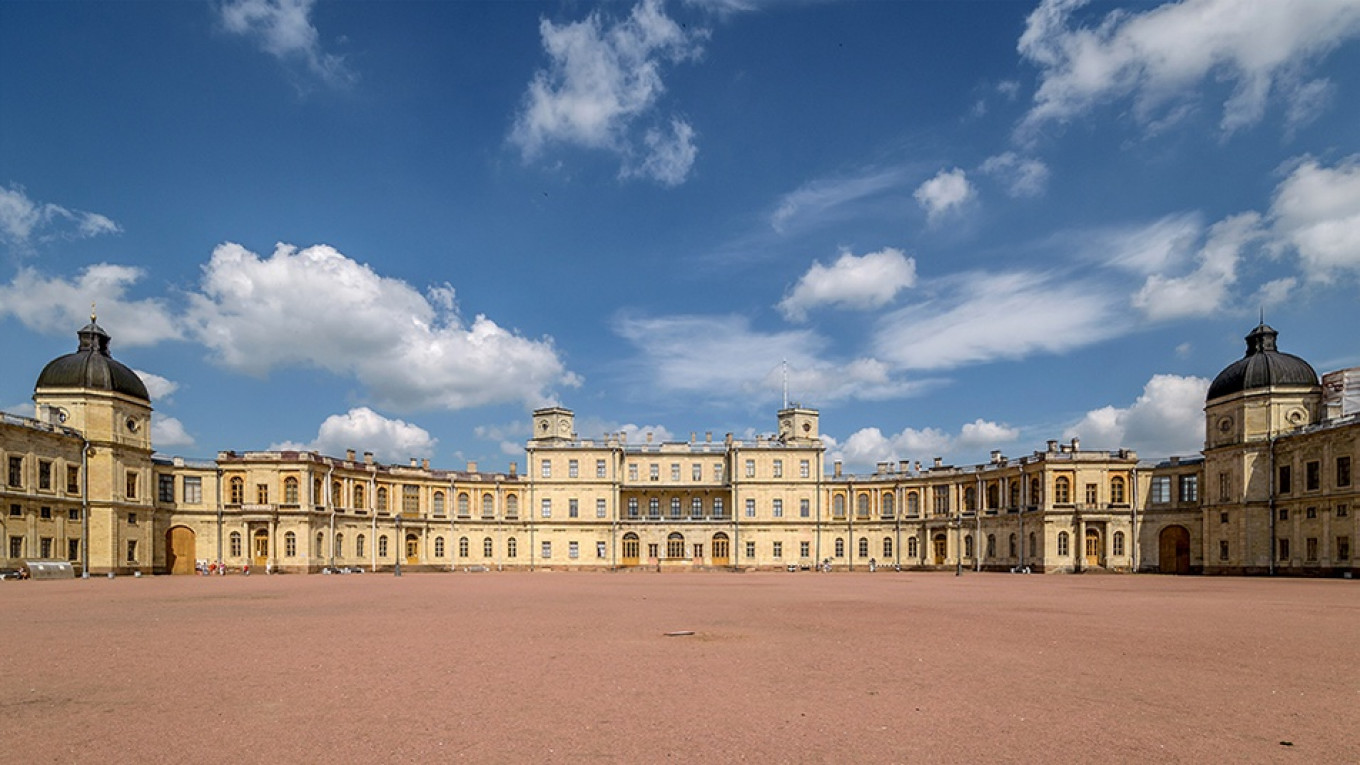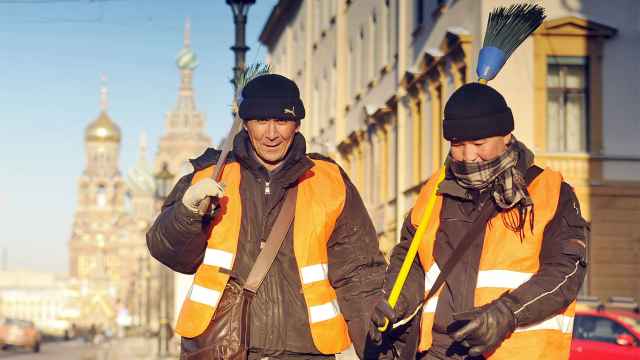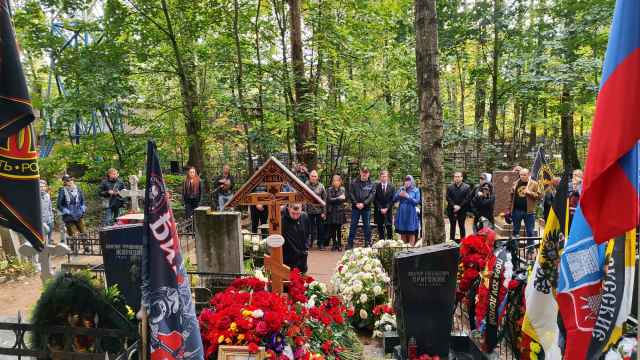The austere-looking Gatchina Palace is the most private and perhaps the most mysterious of all St. Petersburg’s former imperial residences. Surrounded by an idyllic spacious English garden on the shore of Silver Lake, the palace, with its 10 towers, looks like a combination of a medieval castle and a Russian estate. One of its owners, Tsar Alexander III, saw it as the perfect escape from the bustle and noise of the capital. He was so attracted to this place that he used every opportunity to visit and turned Gatchina Palace Estate into his principal imperial residence. He was nicknamed “the hermit of Gatchina.”
The history of the palace dates back to 1765, when Catherine the Great presented this plot of land to her favorite, Count Grigory Orlov, for a hunting lodge. The next year, the Italian architect Antonio Rinaldi began his work on the estate, which took 15 years to complete. There is still a living witness to Orlov’s time at the palace, much loved by the public: a 230-year-old oak growing on the Silver Lawn in front of the northern façade of the palace.
After Orlov’s death in 1784, the palace was granted to Tsar Paul I, who made it an official imperial residence after he succeeded to the throne in 1796.
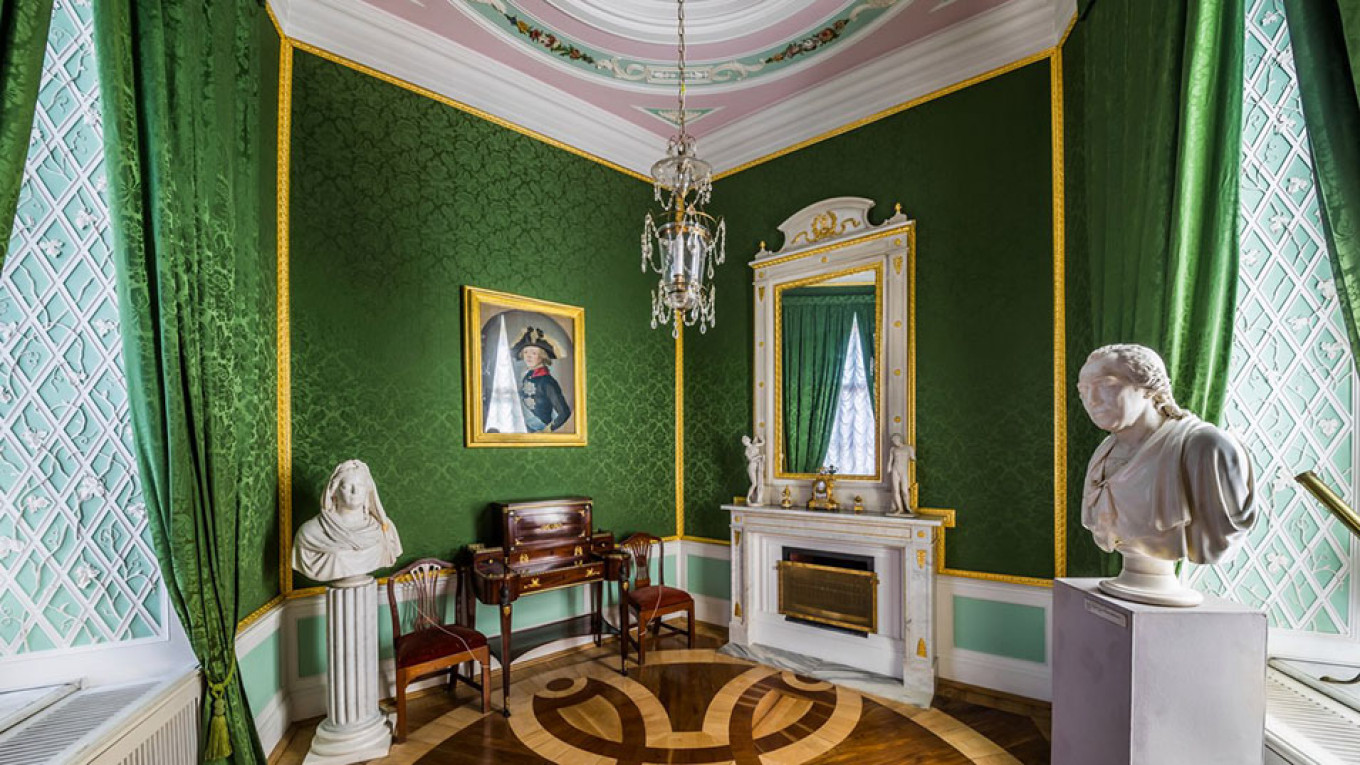
Treasures and Ghosts
The palace holds a remarkable collection of paintings, sculpture, engravings, decorative art works, rare books and hunting weapons, which once belonged to Gatchina’s owners, starting with Orlov. The Paul I rooms, the Empress Maria Fyodorovna rooms and the Alexander III family members’ rooms have been restored to their original glory. The Paul I Upper Throne room is one of the most sumptuous in the palace, designed by the Italian architect Vincenzo Brenna. Displayed in the Maria Fyodorovna Throne Room are 59 paintings depicting landscapes or bucolic scenes, making it one of the most interesting halls in the palace. Other highlights include the Grecian Gallery, the Chesma Gallery and the State Bedchamber.
The palace owes much of its enigmatic feel to the 120-meter-long underground passage connecting the palace with the charming Echo Grotto, famous for its acoustic qualities, on the shore of Silver Lake. As popular legend has it, the ghost of Paul I is still attached to the tunnel. The passage was built during Orlov’s time and was often used by Paul I, who fancied gags and intrigues. There is a secret door in the former Grand Bedroom on the second floor that provided access through a back staircase to the emperor’s dressing room on the ground floor, and then to the basement, which was connected to the passage. Paul I adored using them to surprise his guests, disappearing and reappearing in various places in and outside the palace.
In 1799, Paul I built the Priory Palace for the knights of the Maltese Order, of which the Russian tsar was elected as the grand master. Designed by the architect Nikolai Lvov, it is the only rammed-earth building that has been preserved in Russia since the 18th century. The small and charming Priory Palace has become one of the symbols of Gatchina.
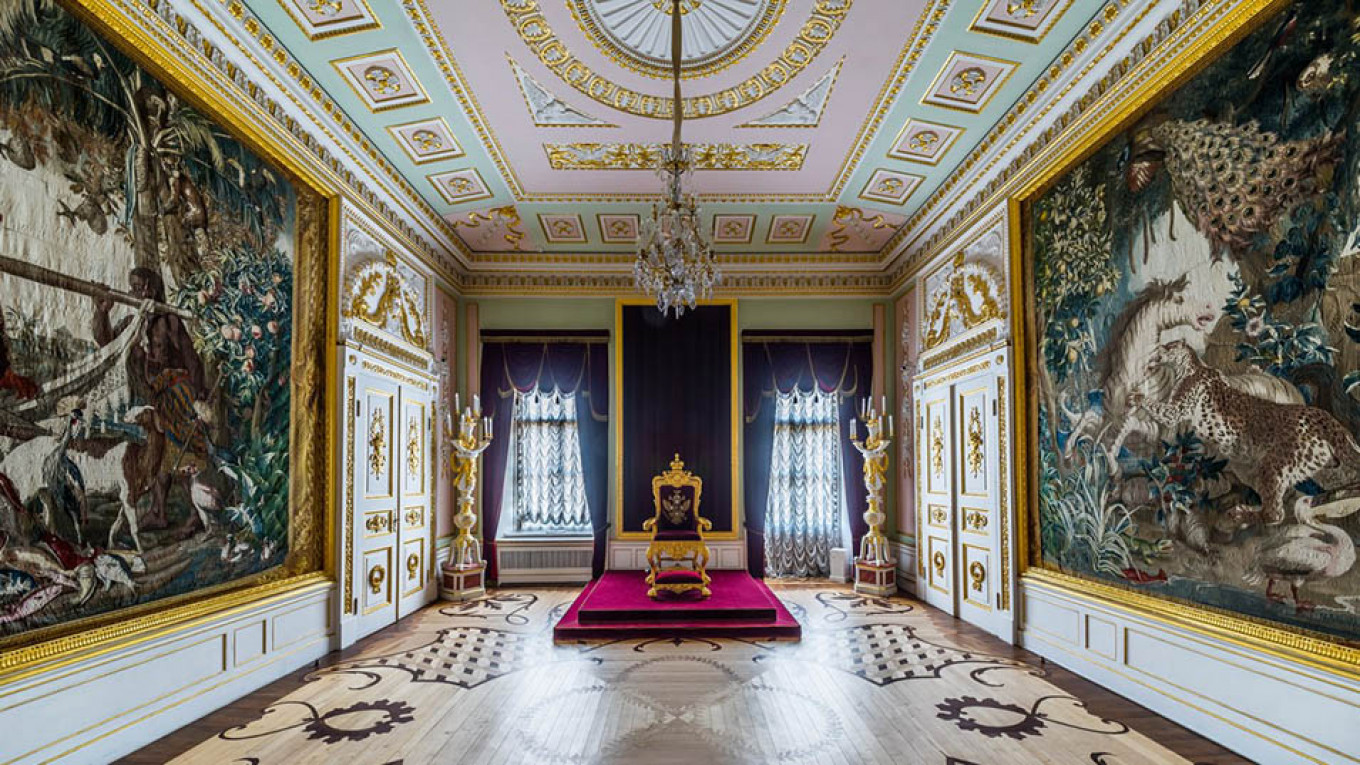
Hunting, Innovation, Festivals
The surrounding park, designed by Charles Sparrow and John Bush, became one of the first landscape parks in Russia and is still one of the most beautiful in the country. White Lake, Silver Lake and Karpin Pond were some of the favorite fishing spots for the Romanov family on the outskirts of St. Petersburg. “When the Russian tsar is fishing, Europe can wait,” Tsar Alexander III — “the hermit of Gatchina” — would say. Since Orlov’s times Gatchina has also been called “The Hunting Capital of Russia,” which is reflected in much of the palace’s artworks.
The town of Gatchina was the scene of a number of important technical inventions. The first electric street lanterns in Russia were installed in Gatchina in 1881. In July 1882, the first telephone line in the country connected the Gatchina Palace with the Winter Palace in St. Petersburg, and in 1900 the first monorail train in the Russian Empire opened here. In 1910, it was home to Russia’s first military airport and first school for pilots.
A member of the royal family last visited the palace in July 1915, when Empress Maria Fyodorovna came for a summer vacation. After the 1917 Bolshevik Revolution, the palace was turned into a history museum. During World War II most of the artworks were moved from the palace in an effort to protect them. The palace was so badly damaged by the bombings that the authorities decided not to restore it as a museum and instead handed it over to a military school, and later to a research institution. It was not until 1976 that restoration works really began at the palace, which is now enjoying a full revival.
This summer the park continues to host some of the country’s most popular festivals. The Night of Music Festival will be on July 7, featuring mainly classical music. The Operetta-Park Festival runs July 13-15. The annual Night of Light Festival at Gatchina will be on Aug. 10-11.
For more information about the place and upcoming festivals, visit gatchinapalace.ru
A Message from The Moscow Times:
Dear readers,
We are facing unprecedented challenges. Russia's Prosecutor General's Office has designated The Moscow Times as an "undesirable" organization, criminalizing our work and putting our staff at risk of prosecution. This follows our earlier unjust labeling as a "foreign agent."
These actions are direct attempts to silence independent journalism in Russia. The authorities claim our work "discredits the decisions of the Russian leadership." We see things differently: we strive to provide accurate, unbiased reporting on Russia.
We, the journalists of The Moscow Times, refuse to be silenced. But to continue our work, we need your help.
Your support, no matter how small, makes a world of difference. If you can, please support us monthly starting from just $2. It's quick to set up, and every contribution makes a significant impact.
By supporting The Moscow Times, you're defending open, independent journalism in the face of repression. Thank you for standing with us.
Remind me later.


